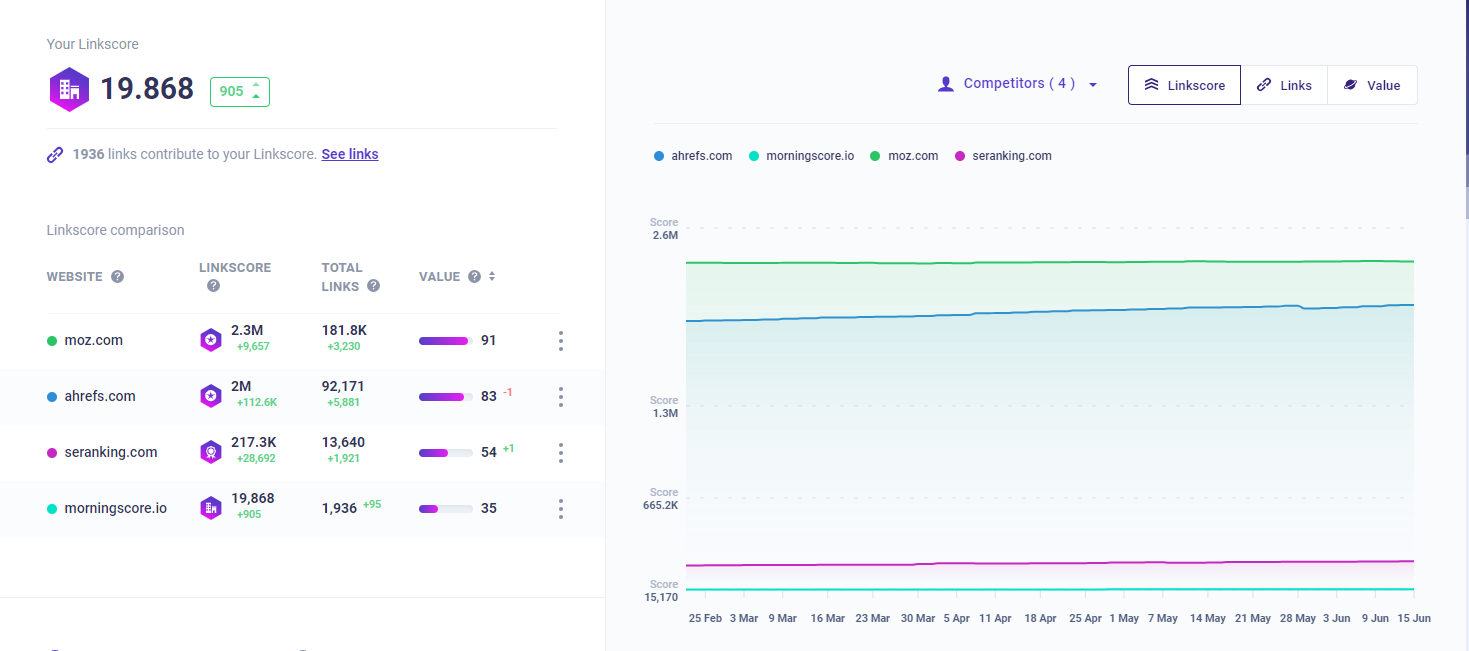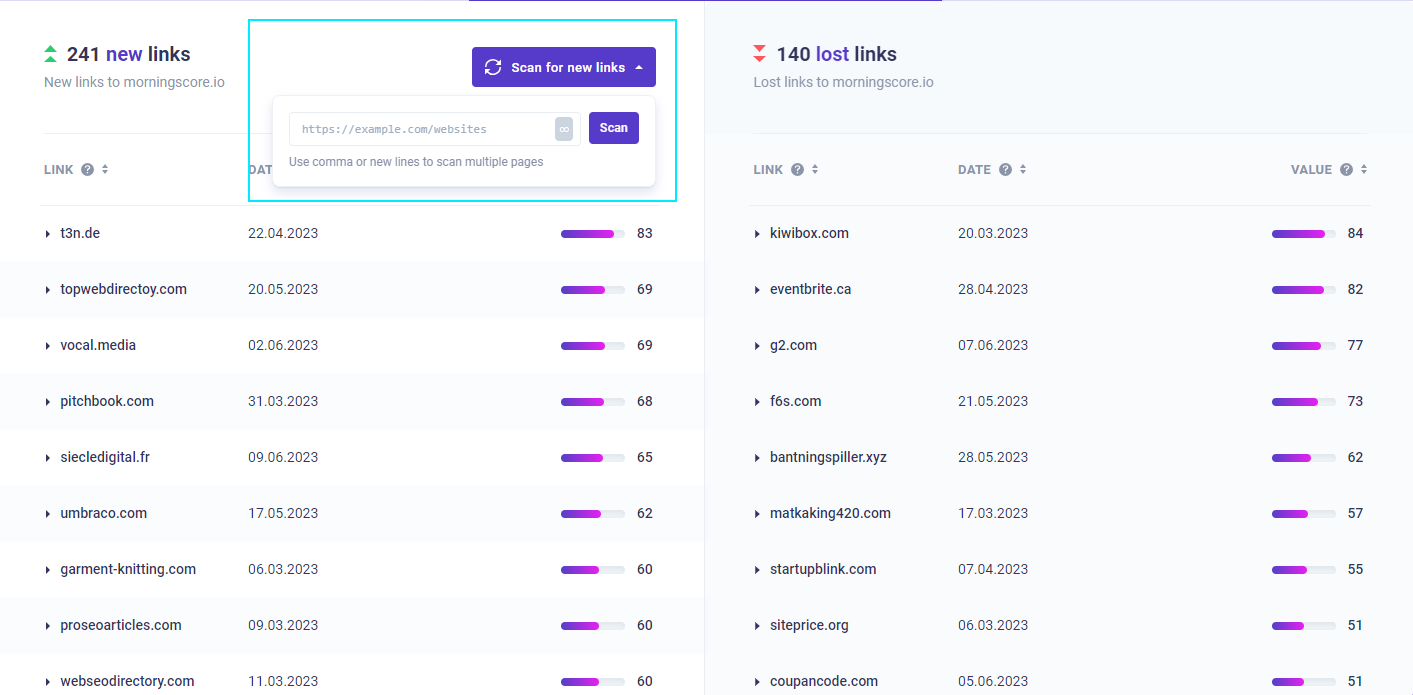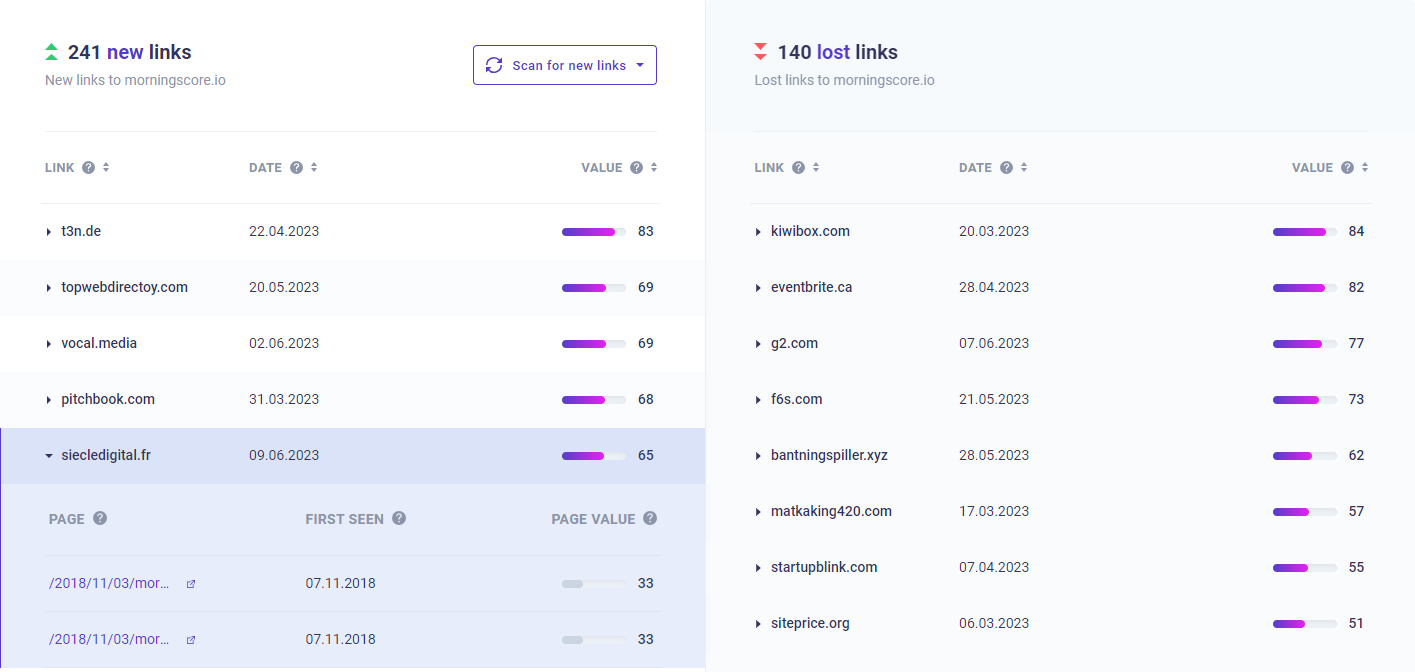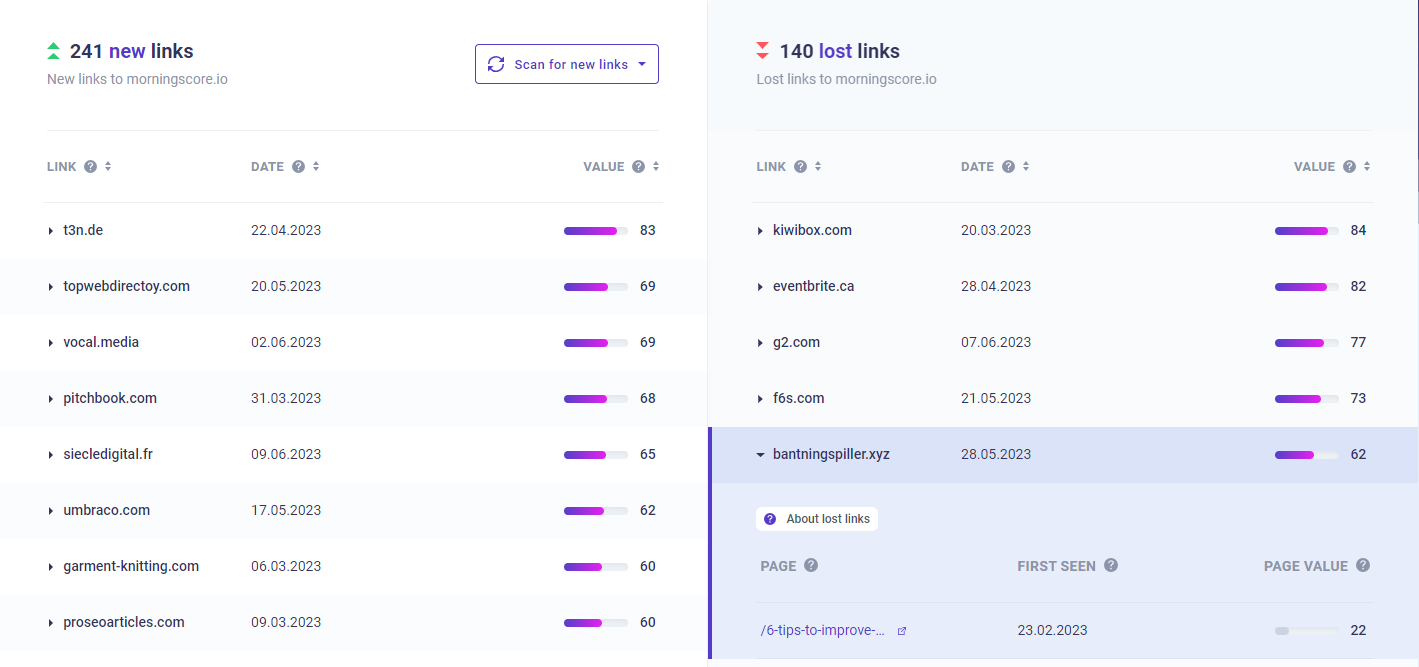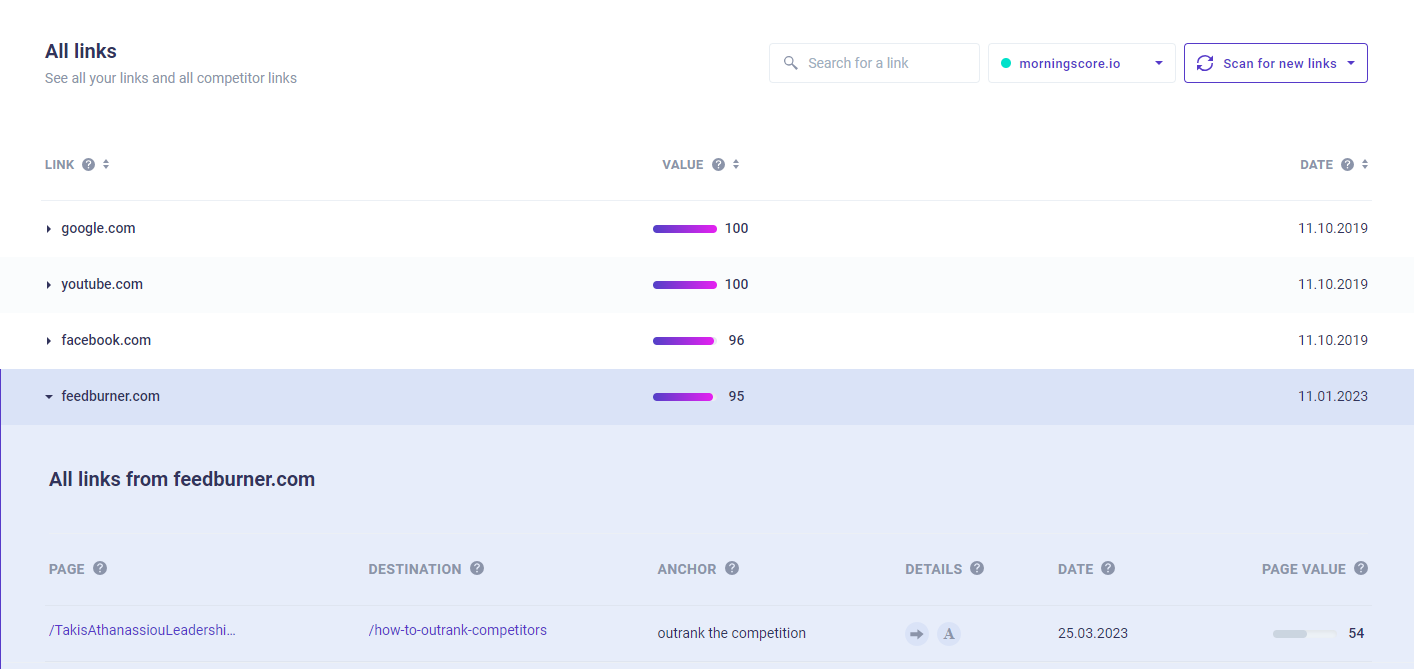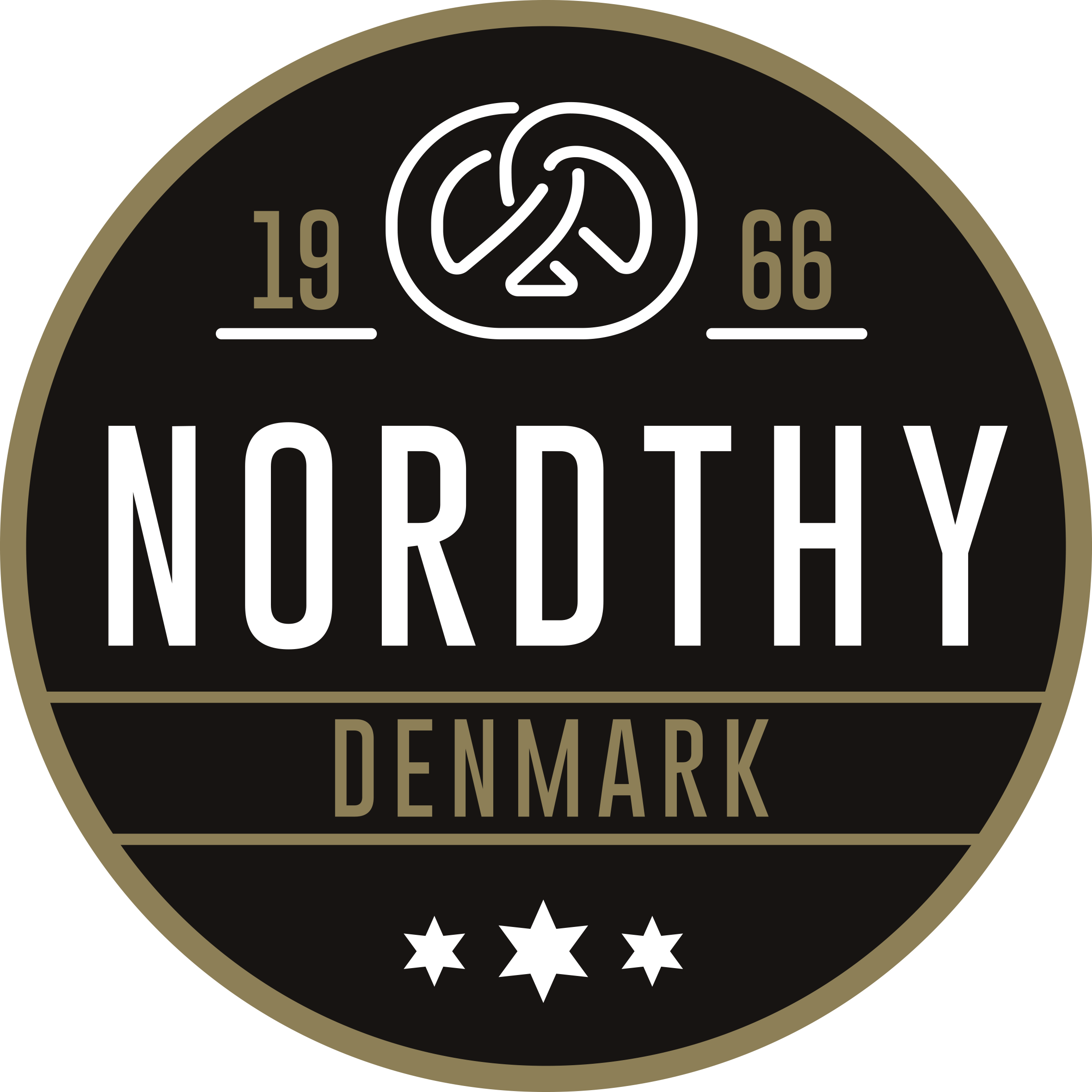Here are 2 examples of answers
1. Better links = better Google ranking.
Backlinks are important factors for Google when it comes to how your website ranks in search results.
Therefore, there is one simple answer: If you want to rank well on Google for your keywords, you need links -- and for that, you need a backlink checker tool.
2. Keep an eye on the work
A good link management tool also allows you to monitor exactly what your paid agency/consultant is doing and whether they are delivering what they promise. Are they delivering, or are the links you're getting not nearly as strong as they claimed?
The old saying goes "Better safe than sorry". And that also applies to SEO. Especially when there are still so many agencies out there using black hat link-building strategies.
Not to make you suspicious, but it's always a good idea to keep an eye on those responsible for your company's online activities. Here's how to make sure it all gets done in our tool:
1. Use "Missions" to monitor progress (e.g. "Build 5 links with a value above 60")
2. Give access to your agency so they can scan for any new links they've built
2. Keep track of your links -- Look for new links and completed missions
Ask yourself: "That's all very well. But with so many tools out there, how do I choose the right one for me?"
